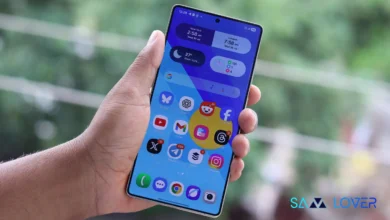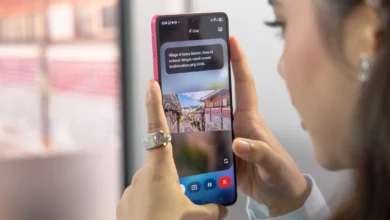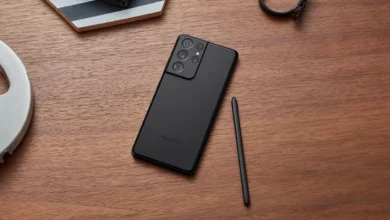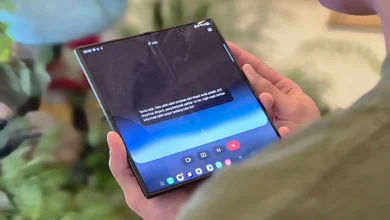
For over five years now, Samsung’s top phones, including the latest Galaxy S25 Ultra, have all had batteries around 5,000 milliampere-hours (mAh). This might seem strange when some Chinese brands are putting much bigger batteries (like 6,000 mAh or more) in their phones. But Samsung has a good reason: international shipping rules.
The Regulatory Forces Behind Samsung’s Battery Decisions
The main issue isn’t that Samsung can’t make a bigger battery. It’s that shipping big batteries internationally comes with strict rules, especially in the US and Europe.
- US Rule: Batteries over 20 watt-hours (Wh) of energy face much tougher shipping restrictions.
- The Math: Most phone batteries use about 3.7 volts. At this voltage, 5,000 mAh equals roughly 18.5 watt-hours—safely under the 20 Wh US limit.
- European Rules: The EU has similar strict rules for shipping batteries.
Samsung Plays It Safe for Global Sales
Samsung sells its top phones all over the world. To avoid shipping problems, extra costs, and legal issues in places like the US and Europe, they keep their flagship battery sizes around 5,000 mAh. This ensures the same phone model can be shipped easily everywhere.
What About Other Brands?
- Apple, Google, Sony, and Motorola: Their top phones also use batteries near, but under, the 20 Wh limit (around 17.5 to 20 Wh).
- Chinese Brands (like Xiaomi, Honor): Many don’t sell widely in the US and have less presence in Europe. So, they can often use bigger batteries (over 20 Wh), mainly in phones sold in China or Asia, without worrying about those strict shipping rules.
- OnePlus (The Exception): OnePlus did use a 6,000 mAh battery (over 23 Wh) in one recent phone. They got around the rule by splitting the battery into two smaller cells (each under 20 Wh). But this “dual-cell” design has downsides:
- It makes the charging system more complex.
- It can cause more heat.
- It might not work as smoothly with universal fast charging standards (like USB Power Delivery).
- It costs more to make.
Why Doesn’t Samsung Use OnePlus’s Trick?
Samsung focuses heavily on making its charging reliable, efficient, and compatible with chargers worldwide. A dual-cell setup like OnePlus’s could mess with this. It adds complexity, potential heat issues, and could cause problems with chargers from other brands. Samsung prefers the simplicity and global reliability of a single battery design that easily meets shipping rules everywhere.
If you wonder why your new Galaxy S25 Ultra still has a “smaller” 5,000 mAh battery compared to some rivals, it’s not because Samsung is lazy. It’s because they design their premium phones to be sold globally without shipping hassles. Following the strict battery rules in key markets like the US and Europe means making this compromise on size. Chinese brands often don’t face these same global restrictions.



